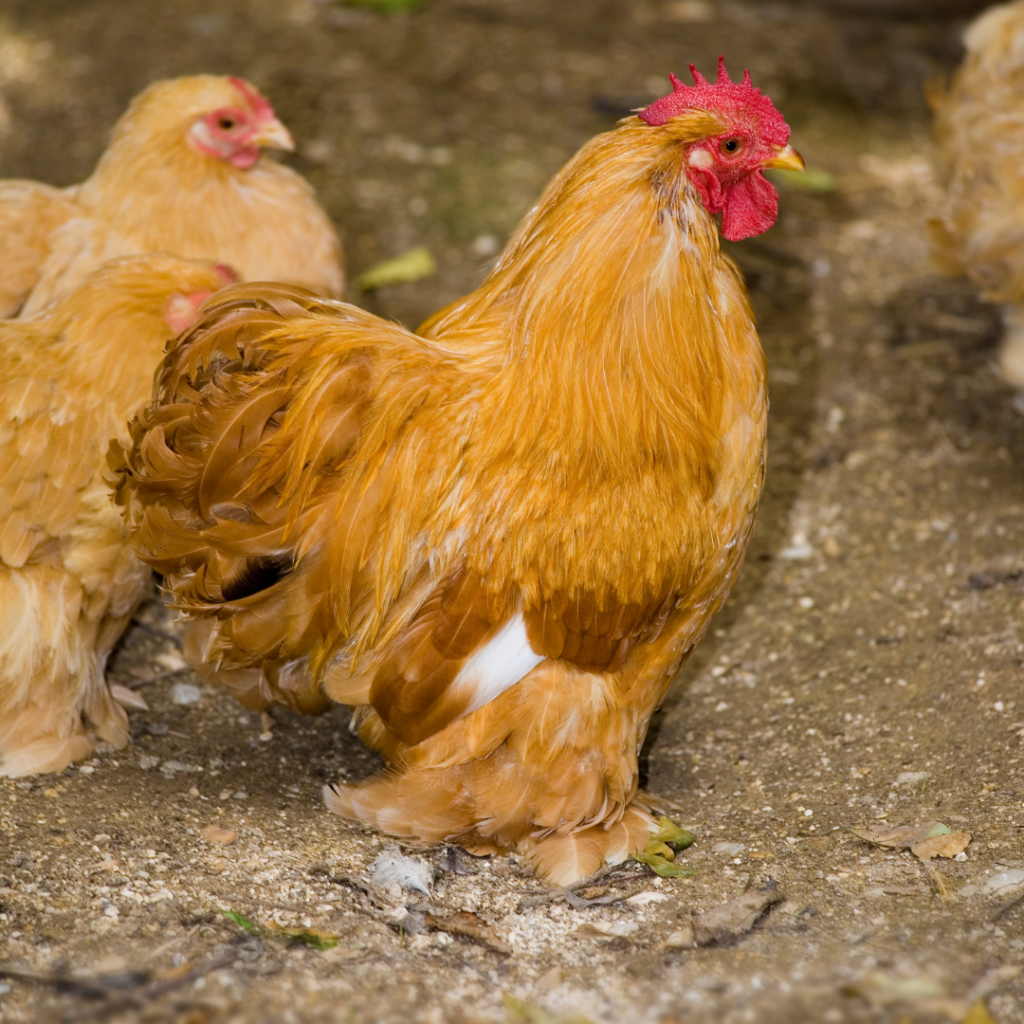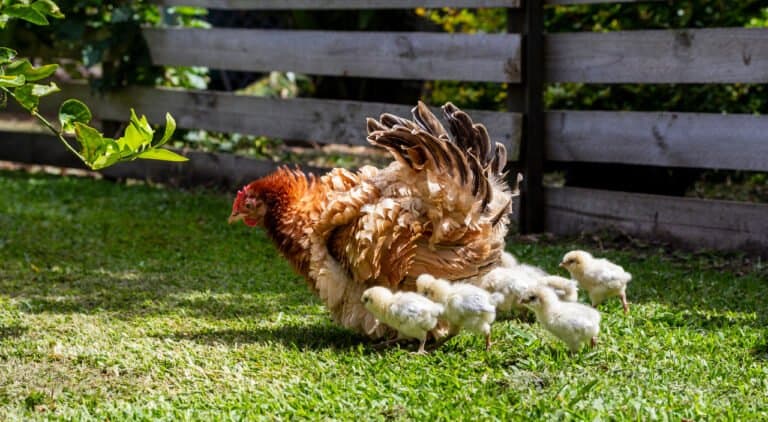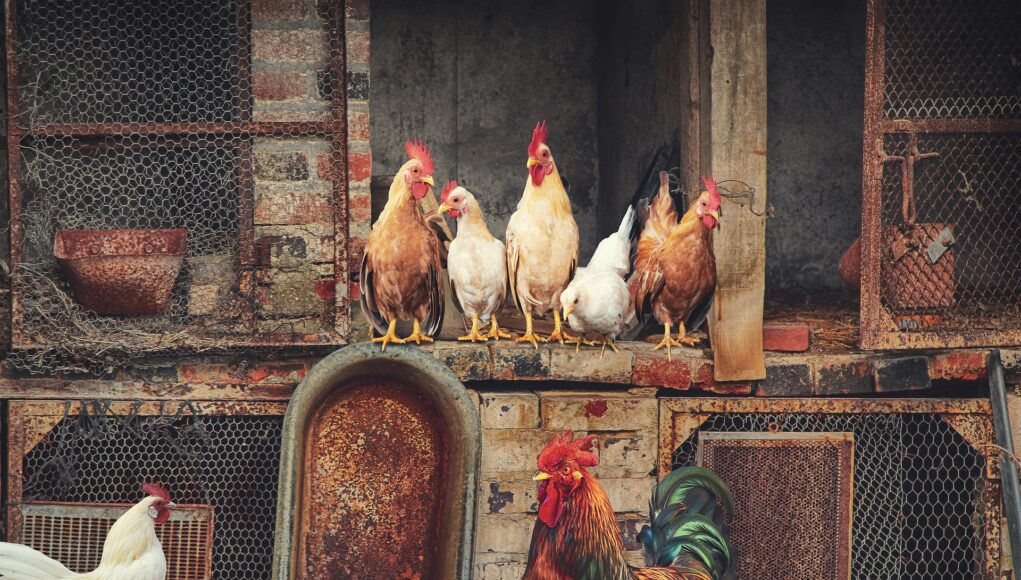The world of egg production is fascinating, with various chicken breeds providing a steady supply of this nutritious food. Among these breeds, one stands out as the most reliable and widely used. The question often posed by poultry enthusiasts is, ‘which is the most common breed of chicken used for egg production?’ The answer lies in the remarkable and dependable White Leghorn chicken.

Introduction to White Leghorn Chickens
White Leghorn chickens are well known in the poultry industry. Their exceptional egg-laying abilities and adaptability make them the go-to breed for commercial egg production. But why exactly are they so popular?

History of White Leghorn Chickens
The White Leghorn breed originated in Italy. It was introduced to the United States in the 1800s, where it quickly gained popularity for its prolific egg-laying capabilities. Breeders continually improved the breed, enhancing its productivity and hardiness.
The Italian Connection
White Leghorns can trace their origins to Livorno, Italy. The city, also known as Leghorn in English, lends its name to this iconic breed. Italian farmers valued these lightweight birds for their steady supply of white-shelled eggs.
Arrival in America
During the 1820s, sailors brought White Leghorn chickens to America. They were initially popular among small farmers and homesteaders but soon gained traction among commercial egg producers due to their high egg production rate.

Characteristics of White Leghorn Chickens
White Leghorns possess several characteristics that make them ideal for egg production. Their lightweight frame, active nature, and efficient feed conversion are just some of their many advantages.
Physical Traits
White Leghorns are relatively slender with a distinct white plumage and bright red combs. They are known for their alertness and agility, making them excellent foragers.
Behavior and Temperament
White Leghorns are active and curious birds. They tend to be more skittish than some other breeds, but their lively nature contributes to their effectiveness as foragers.

Egg Production Capabilities
The primary reason White Leghorns are favored is their exceptional egg production. Heres a closer look at what makes their egg-laying abilities so impressive.
Number of Eggs Per Year
A single White Leghorn hen can produce approximately 280-320 eggs annually. This high output makes them a top choice for commercial egg farms.
Egg Quality
White Leghorn eggs are typically large and white-shelled. The quality and consistency of their eggs are highly regarded in the industry.
Feed Conversion Efficiency
White Leghorns are known for their efficient feed-to-egg conversion rate. This means they can produce a high number of eggs while consuming less feed compared to other breeds.
Why White Leghorns Are the Top Choice
Several factors contribute to the popularity of White Leghorns among poultry farmers. Lets explore the key reasons why they are the preferred breed for egg production.
Reliability and Consistency
White Leghorns are reliable layers, providing a consistent supply of eggs year-round. This predictability is crucial for commercial egg producers who rely on steady output.
Economic Benefits
The efficient feed conversion rate of White Leghorns leads to significant cost savings for farmers. The high number of eggs produced also translates to greater revenue.
Adaptability
White Leghorns can thrive in various climates and housing conditions. Their adaptability makes them suitable for both large-scale commercial farms and smaller backyard flocks.
Caring for White Leghorn Chickens
Proper care is essential to ensure the health and productivity of White Leghorn chickens. Here are some tips for maintaining a healthy and productive flock.
Housing and Environment
White Leghorns require adequate space to roam and forage. Providing a secure and clean housing environment is crucial for their well-being. For more detailed guidance, check out this comprehensive guide on poultry care.
Feeding Requirements
A well-balanced diet is essential for maximum egg production. White Leghorns should be provided with high-quality layer feed, supplemented with fresh greens and occasional protein sources.
Health and Wellness
Regular health checks and vaccinations are important to prevent diseases. Maintaining cleanliness in their living environment also helps in keeping them healthy.
Comparing Other Popular Egg-Laying Breeds
While White Leghorns are the most common breed for egg production, other breeds also contribute significantly to the industry. Lets compare a few popular alternatives.
Rhode Island Red
The Rhode Island Red is known for its brown eggs and robust nature. They are less efficient than White Leghorns but still productive, laying around 250-300 eggs per year.
Plymouth Rock
Plymouth Rocks are dual-purpose birds, providing both meat and eggs. Their egg production rate is slightly lower than White Leghorns, but they are valued for their versatility.
Sussex
Sussex chickens are hardy and adaptable. They are not as prolific as White Leghorns but are excellent for backyard flocks, laying around 250 eggs annually.
Advantages of White Leghorns for Small-Scale Farmers
White Leghorns are not only suitable for commercial egg production but also for small-scale farmers and backyard poultry enthusiasts. Heres why they are a great choice for smaller operations.
Space Efficiency
White Leghorns do not require as much space as larger breeds. Their active nature allows them to thrive in more confined areas as long as they have room to forage.
Cost-Effectiveness
Their efficient feed conversion rate means small-scale farmers can enjoy high egg production without incurring excessive feed costs.
Ease of Management
White Leghorns are relatively low-maintenance compared to other breeds. Their hardiness and adaptability make them easier to care for, especially for beginners.
Common Myths About White Leghorn Chickens
Despite their popularity, several myths about White Leghorn chickens persist. Lets debunk some of the common misconceptions.
Myth: White Leghorns Are Too Nervous
While its true that White Leghorns are more active and alert, many interpret this as nervousness. In reality, their vigilance helps them avoid predators and be effective foragers.
Myth: White Leghorns Don’t Adapt Well
Contrary to this myth, White Leghorns adapt well to various climates and housing conditions. Their hardiness makes them suitable for diverse farming environments.
Conclusion
The White Leghorn stands out as the most common breed of chicken used for egg production. Their exceptional egg-laying capabilities, efficient feed conversion, and adaptability make them the go-to choice for both commercial and small-scale farmers. Whether you are an aspiring poultry farmer or an experienced egg producer, the White Leghorn is a terrific breed that promises tremendous benefits in the egg production industry.
Related Links
Explore more about other chicken breeds and their unique characteristics here:
FAQs
1. What are the feeding requirements for White Leghorn chickens?
White Leghorns require a well-balanced diet consisting of high-quality layer feed, fresh greens, and occasional protein sources.
2. How many eggs do White Leghorn chickens lay annually?
White Leghorn chickens can lay approximately 280-320 eggs per year, making them one of the most prolific egg-laying breeds.
3. Are White Leghorn chickens suitable for backyard farming?
Yes, White Leghorn chickens are suitable for backyard farming due to their adaptability, efficient feed conversion, and ease of management.
As an Amazon Associate, I earn from qualifying purchases.









